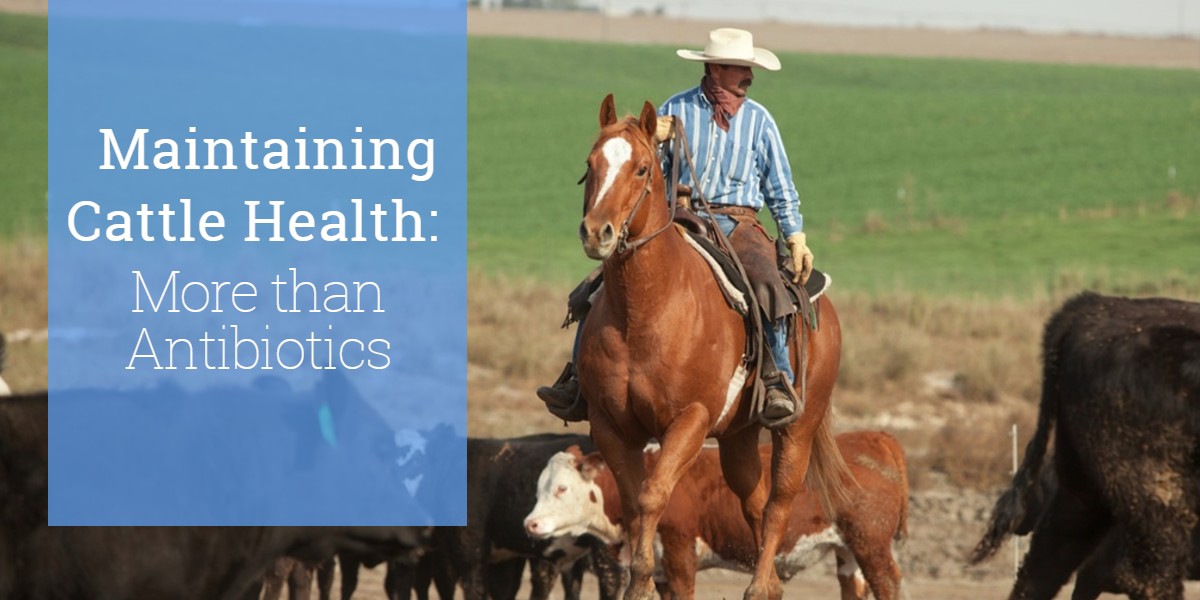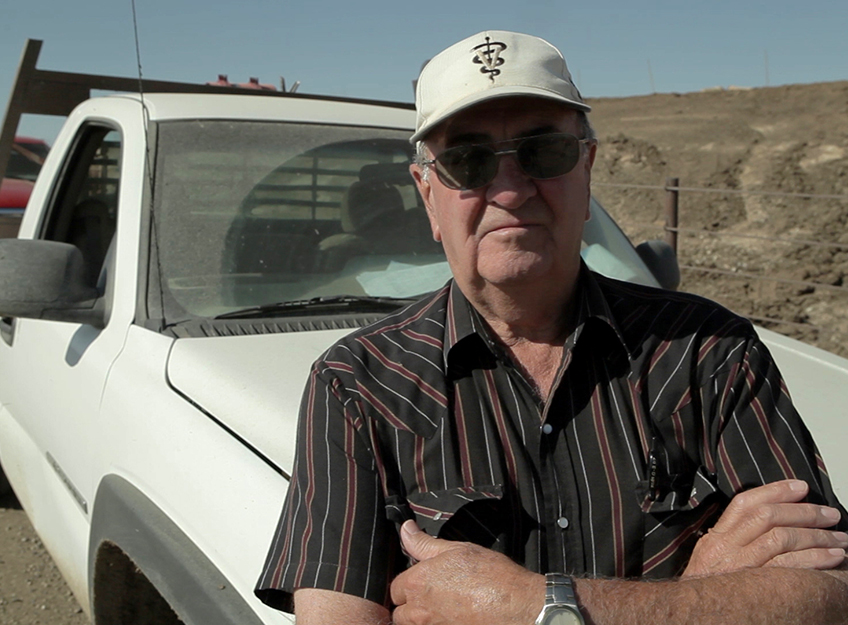Maintaining Cattle Health: More Than Antibiotics

Raising healthy cattle is both our livelihood and our responsibility. It means doing everything in our power to ensure the animals in our care are comfortable, well-fed, and healthy… even on Father’s Day.
From the Cowboys to veterinarians to the support staff at Boise Valley Feeders, the mantra is the same: we don’t leave until the job is done. It means early mornings, weekends, and when the cattle broke through some fences on a Sunday last June, nearly every member of the team left their Father’s Day festivities to help the rest of the team on duty make repairs and get the yard back in order.
Fortunately, this was a rare event, most days our team can focus on what matters most: keeping our cattle healthy. While many stories and comments focus on antibiotic use in the industry, that is just one component of animal care and something we treat as you would when it comes to your own child – only when necessary.

Boise Valley and all of our feed yards take a proactive, comprehensive approach to keeping our cattle healthy and thriving. Though antibiotics play a role in treating and preventing illness, injury or infections, we have many other measures in place to achieve the highest levels of cattle care and well-being every day, specifically:
Clean Pens: Nothing impacts this responsibility more than the weather and seasons. In the summer and early fall, we work to mitigate the dust by using sprinklers and water trucks and running tractors in the pens to compact the earth. This helps cut down on dust, making both our cattle and neighbors happy.
During the winter, moisture in the pens can present more of a challenge. Again, equipment is used to keep the pens as clean as possible. Wood chips and straw are also added regularly to help with warmth and overall comfort.
Daily Health Checks: Our cowboy crew checks on all our cattle daily, going into each pen and visually assessing the cattle for health. If they show any signs of illness, they are taken to the on-site hospital for further evaluation. We take the cattle’s temperature and use an ultrasound machine to diagnose its condition. Both our cowboys and staff have not only spent most of their lives around cattle; several are college educated in animal-related fields, and some are certified veterinarians.
Purchasing Well-Cared for Cattle from Reputable Ranchers: Just as you expect the best quality beef from us, we seek the highest-quality cattle from ranchers who share our passion and commitment to raising healthy cattle. We look for cattle from areas with similar climates and require documented health and vaccination records. Like any business, relationships are critical. Often we work with the same ranchers year after year because of the trust we have built.
Maintaining Proper Animal Handling Techniques: Cattle are our livelihood, we treat them with respect using animal handling techniques that are at, or often above, industry standards. We have a no tolerance policy for any mismanagement of our animals. All our employees who interact with cattle, and even some who do not, like our sales and marketing team, are beef quality assurance certified. This is a national certification program with established handling standards. This certification is primarily an online course which we supplement with in-house training and monitoring.
A Focus on Nutrition
• Providing a nutritionally balanced diet: We regularly work with cattle nutritionists to make certain that we are feeding an optimally balanced diet. We work hand in hand with our sister company, Performix Nutrition Systems to develop the diets for our cattle and test our feed for nutritional content daily. Any nutrient deficiencies are supplemented with vitamins and/or minerals as needed.
• Sourcing locally: Boise Valley Feeders in Parma has unique access to wheat and corn, while our Moses Lake facility has better access to potatoes. Working with nutritionists, we incorporate these locally sourced ingredients and formulate our feed accordingly.
• Slow transition from grass to grain: Most of the cattle brought to our facilities are coming from a pasture forage diet. Depending on the counsel of our nutritionists, this can take 21 to 28 days to ensure that the cattle have time to adjust to their new diet. This is similar the way we transition our pets to a new brand of food.
While this covers most aspects of our animal care, the most important aspect of maintaining healthy cattle is the passion of our team and how much they care about the livestock. While it may mean an early morning or an unplanned visit on Father’s Day, everyone makes sure our cattle are taken care of and we stay until the job is done.
Tagged as: Ranching Cattle Feeding Animal Well-Being